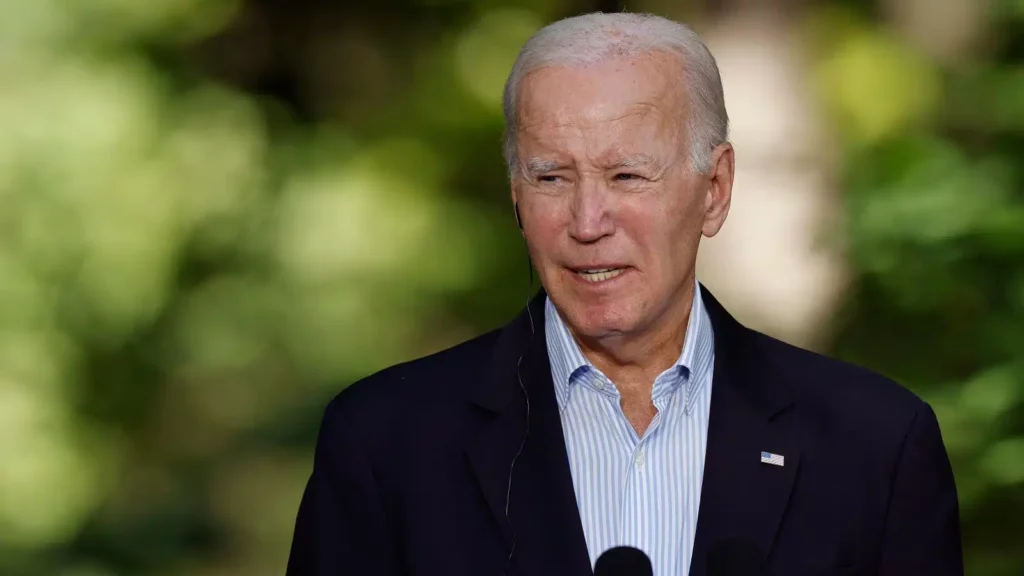
The relationship between the executive and judicial branches of the U.S. government has historically been one of mutual respect and delineated boundaries. However, recent actions and responses from the Biden administration and the Supreme Court have added a new chapter to this intricate narrative, particularly concerning the contentious issue of racial preferences in college admissions.
The Supreme Court’s recent ruling on this matter was clear-cut, emphasizing the prohibition of direct racial considerations in the admissions process. This decision was met with a range of reactions, from applause for upholding meritocratic principles to concerns about potential setbacks for diversity and representation in higher education.
In the midst of this debate, the Biden administration’s Department of Education released new guidance for universities and colleges. While on the surface, this guidance seems to align with the Supreme Court’s ruling, a deeper dive reveals nuances that have sparked discussions and debates. The guidance suggests that while direct racial considerations might be off the table, universities can still factor in life experiences influenced by an applicant’s racial background. This distinction, subtle yet significant, could reshape the landscape of college admissions across the nation.
This move by the Biden administration is not just a standalone decision. It’s emblematic of a broader stance on issues of racial equity, diversity, and inclusion. The current administration has been vocal about addressing systemic racial disparities and ensuring that institutions, including educational ones, reflect the diverse tapestry of the American populace. By emphasizing life experiences shaped by race, the guidance seeks to highlight the multifaceted challenges faced by individuals from historically marginalized communities. However, juxtaposing this perspective against the Supreme Court’s ruling raises questions about the executive branch’s interpretation of judicial decisions.
The release of this guidance has also stirred discussions about the delicate balance of power in the U.S. government. The principle of separation of powers is foundational to American democracy, ensuring that no single branch exerts undue influence or authority. While it’s not uncommon for the executive and judicial branches to have differing viewpoints, overt challenges or perceived attempts to navigate around judicial decisions can be contentious. The guidance, with its nuanced approach to the Court’s ruling, could be perceived as testing the boundaries of this foundational principle.
For universities and colleges, the implications of this guidance are profound. Institutions are now presented with a dual challenge: adhering to the Supreme Court’s ruling while also considering the Biden administration’s recommendations. The decisions made in the wake of this guidance will not only shape the demographics of student bodies but also potentially set precedents for the interplay between executive recommendations and judicial mandates.
In wrapping up, the recent guidance from the Department of Education is more than a mere policy recommendation. It’s a reflection of the ongoing tug-of-war between the Biden administration and the Supreme Court, a testament to the complexities of governance, and a pivotal moment in the discourse on racial equity in education. As the nation watches this unfolding drama, the stakes are high, not just for college admissions but for the very fabric of American democracy.
Source Conservative Brief
